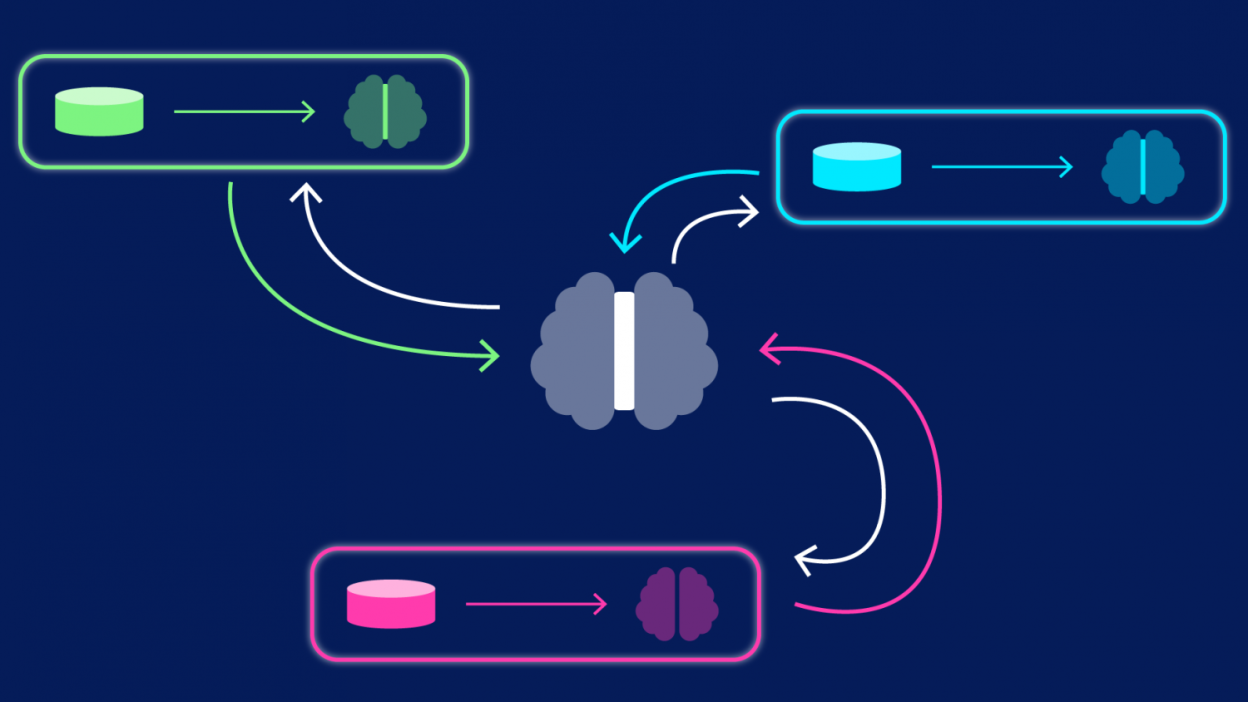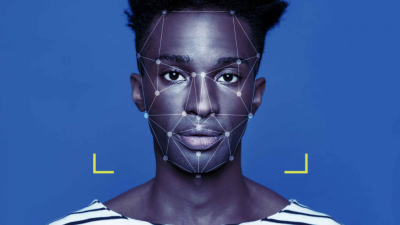Augmented reality experiences are becoming increasingly sophisticated, overlaying our physical world with digital information in ways that feel almost magical. Yet this magic comes with a cost. AR applications require substantial amounts of sensitive data – from facial recognition to spatial mapping of our homes and workplaces.
As marketers and developers, we face a growing dilemma. How do we create personalized, context-aware AR experiences without compromising user privacy? This question becomes more pressing as privacy regulations tighten and consumers grow increasingly protective of their personal data.
Traditional approaches to machine learning require centralizing massive datasets for training, creating privacy vulnerabilities and potential regulatory issues. This is where federated learning enters the picture, offering a revolutionary approach to AR data processing.
Understanding Federated Learning
Federated learning represents a paradigm shift in how we train machine learning models. Rather than gathering all user data into a central server, the model itself travels to where the data resides – on users’ devices.
The process begins with a base model developed by the application provider. This model is sent to users’ devices, where it trains on local data. Only the model improvements, not the raw data, are sent back to the central server. These improvements are aggregated across thousands or millions of devices to update the master model.
This approach keeps sensitive information on users’ devices while still allowing AI models to learn and improve. For AR applications, which often process deeply personal data like home layouts or facial expressions, this privacy preservation is invaluable.
Applications in Augmented Reality
Federated learning proves particularly valuable for AR applications where privacy concerns are paramount. Imagine an AR makeup application that needs to recognize facial features to apply products realistically. With federated learning, facial recognition models improve without ever seeing users’ actual faces on central servers.
Similarly, AR navigation tools can learn optimal ways to display directions without tracking and storing user movements. AR shopping experiences can better understand product preferences without centralizing purchase histories.
For more information about implementing privacy-conscious AR marketing strategies, visit our comprehensive guide on AR marketing privacy.
Implementing Federated Learning in AR Systems
Implementing federated learning in AR systems requires rethinking development approaches. First, developers must design models that can effectively train on smaller, device-specific datasets. This often means creating more efficient neural networks optimized for on-device learning.
Second, systems need robust methods for aggregating model updates without introducing security vulnerabilities. Techniques like secure aggregation use cryptographic methods to combine model improvements without exposing individual contributions.
Third, developers must account for the heterogeneous nature of client devices. Some users have powerful smartphones capable of significant computation, while others use lower-powered devices. Effective federated systems adapt to these varying capabilities.
Benefits Beyond Privacy
While privacy preservation remains the primary advantage of federated learning for AR, the approach offers additional benefits worth considering. By processing data locally, AR applications can respond more quickly to user inputs, reducing latency in interactions.
Local processing also reduces bandwidth requirements, as only model updates rather than raw data traverse networks. This efficiency becomes particularly important for AR applications in areas with limited connectivity.
Perhaps most importantly, federated learning enables personalization without privacy compromises. AR experiences can adapt to individual preferences while maintaining strict data boundaries, creating trust with users who might otherwise be reluctant to engage with immersive technologies.
Real-World Success Stories
Several technology leaders have already demonstrated federated learning’s effectiveness in privacy-sensitive applications. Google implemented federated learning in its Gboard keyboard application, improving word prediction without sending sensitive typing data to servers.
In healthcare settings, federated learning enables medical institutions to collaborate on diagnostic AI without sharing patient records. This same principle applies to AR medical applications, where patient privacy concerns are especially significant.
Apple’s approach to on-device intelligence for AR features demonstrates how federated techniques can enhance user experiences while upholding the company’s privacy commitments.
Challenges in Federated Learning for AR
Despite its advantages, federated learning isn’t without challenges. The approach requires more complex system architecture than centralized learning, increasing development complexity. Communication between servers and devices must be carefully managed to prevent system overload.
Model convergence – ensuring the global model actually improves through federated updates – can prove difficult when working with diverse and potentially biased local datasets. Developers must implement techniques like adaptive learning rates and robust aggregation methods to address these issues.
Security concerns remain as well. Though raw data stays local, sophisticated attacks might still extract sensitive information from model updates. Implementing differential privacy techniques helps mitigate these risks by adding controlled noise to the learning process.
The Future Landscape
As AR becomes increasingly embedded in daily life, privacy-preserving approaches like federated learning will likely transition from competitive advantage to baseline requirement. Upcoming regulations may well mandate privacy-by-design principles that federated learning naturally supports.
We’ll likely see specialized hardware accelerators for on-device learning, making federated approaches more efficient even on lower-powered AR devices. Framework standardization will simplify implementation, lowering the barrier to entry for smaller development teams.
Cross-device federated learning, where models train across different types of devices, holds particular promise for AR ecosystems spanning phones, glasses, and other wearables.
Getting Started with Federated Learning for AR
Developers interested in implementing federated learning should begin with smaller features rather than attempting to transform entire applications at once. Starting with non-critical model training allows teams to build expertise while minimizing risks.
Several open-source frameworks facilitate federated learning implementation. TensorFlow Federated provides tools specifically designed for this approach, while PySyft offers privacy-preserving machine learning capabilities that complement AR development needs.
Throughout implementation, maintaining transparent communication with users about data practices builds trust essential to AR adoption. Clearly explaining how federated learning protects privacy can differentiate your application in an increasingly privacy-conscious marketplace.
Conclusion
Federated learning represents more than just a technical solution to privacy challenges in AR data processing. It embodies a shift in how we think about the relationship between technology and personal data – moving from extraction to respect, from centralization to empowerment.
As AR experiences become more deeply integrated into daily life, preserving user privacy while enabling magical experiences won’t just be good ethics – it will be good business. Federated learning provides a pathway to this future, allowing developers to create compelling AR experiences that users can trust.
By embracing this approach now, AR developers and marketers position themselves ahead of regulatory curves while building the foundation for sustainable, respectful relationships with their users.





